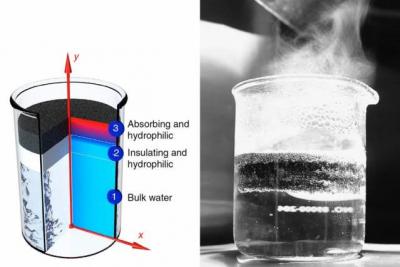The University of Wollongong spins-out graphene production technology
The University of Wollongong from NSW, Australia, developed a new patented process to manufacture surfactant-free graphene. The University licensed the technology to newly founded NanoCarbon Pty Limited (not to be confused with Poland's Nano-Carbon) which will commercialize the technology.
NanoCarbon aims to start producing graphene in 2015 in Australia in a pilot line. Until then, they will source the graphene materials from the University. The company will also be involved with graphene applications - such as high barrier films, lithium ion batteries, and water purification.

